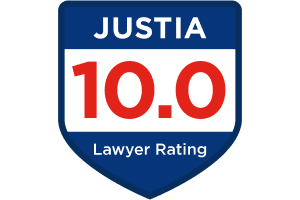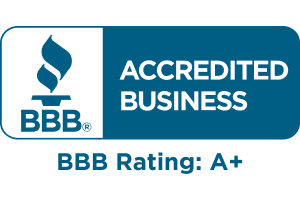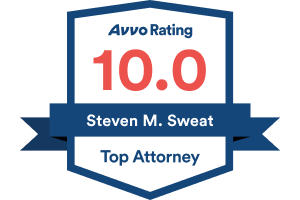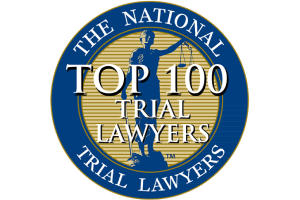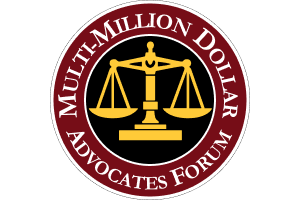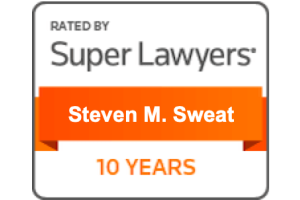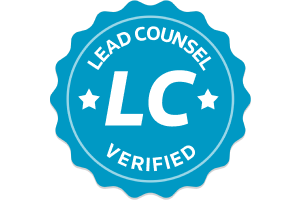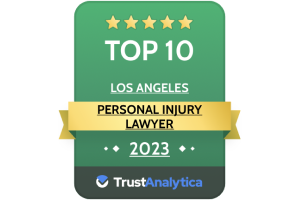- Free Consultation: 866-966-5240 Tap Here To Call Us
Free Consultation — Se Habla Español
Toll Free: 866-966-5240
Los Angeles: 310-592-0445
West Covina: 626-296-3555
What Is the Process of Bringing a Personal Injury Claim In California?
What is the process of bringing a personal injury claim in California? As a California personal injury attorney, I find that many people have questions about this process. I would break this down in stages as follows:
From The Date of The Accident to Filing a Lawsuit
Obviously, it is not a pleasant thing to be involved in a car, motorcycle or other type of accident but, if one happens, it usually follows this course:
- Accident Occurs: If there is more than $750 in property damages or anyone involved in the accident has sustained personal injuries, all parties involved are required to exchange insurance information and to file a report of accident (so called SR-1) with the California Department of Motor Vehicles.
- All accidents should be reported to your auto insurance carrier immediately to avoid any potential for denial of coverage due to a failure to promptly report the claim (a requirement in every insurance policy).
- PROMPT medical attention should be sought after the accident. Do not be afraid to go by ambulance to the Emergency Room, visit and urgent care facility, or go to your family doctor to be examined following any motor vehicle or other type of accident. Diagnostic studies such as X-rays, CT Scans and MRI s should be ordered and conducted if there is any indication potential fractures, torn cartilage or ligaments or head trauma such as a concussion. If any broken bones, tears or closed head injuries are diagnosed, it is important to follow up with a specialist such as an orthopedist or neurologist. The specialist can diagnose the extent of any major bone, ligament, cartilage, spinal cord injury or traumatic brain injury that may require any number of further treatments sometimes including surgery.
- The normal course of treatment for most auto injury cases is at least a few weeks up to several months of physical therapy for injuries that don’t involve major bone fissures, displacement, disk herniation or more serious conditions.
- Once the incident has been reported to DMV and your insurance carrier and you have sought prompt medical treatment for your injuries, it is important to seek the advice of a competent personal injury attorney AS SOON AS POSSIBLE. Do not make recorded statements to the other party’s insurance carrier, sign any authorizations for release of confidential medical information and records, sign any “releases” or settlement agreements until you do so. Insurance companies are in business to try to minimize what they pay out on claims. They have experienced claims adjusters who are trained to get you to do and say things that will reduce the value of the claim and, quite possibly, even eliminate any right to recovery.
- Once you have retained a lawyer, they lawyer will usually wait until your course of medical treatment has been completed to determine exactly what the total treatment costs are and will be in the future. He or she should also determine what the total policy limits of coverage may be, investigate the facts regarding liability (which can include having an investigator speak with witnesses or other means) and obtain a full set of medical records and bills. At that time (usually between 2-6 months from the date of the accident), the lawyer will make a formal settlement demand and attempt to negotiate a settlement with the at fault party’s insurance company.
What If A Settlement Cannot Be Reached Without Filing a Lawsuit?
If the insurance carrier fails to respond or offers an amount of money that the client thinks is not reasonable based upon the advice and opinion of their attorney, a lawsuit is filed against the at fault party. Their insurance company assigns them legal counsel to defend the lawsuit. The process from there is as follows:
- Lawsuit is filed with the court. The party filing suit is called the “plaintiff” and the party(ies) being sued are “defendant(s)”.
- The defendant has 30 days from the date the lawsuit is served to file a response in writing (usually called and “Answer”).
- From there, the parties engage in “discovery” which can include written questions, oral question under oath in a deposition, and requests for documents. This can also include the defense requesting a medical examination by one or more of their doctors to determine what they believe to be the injuries.
- The parties usually participate in settlement discussion (between attorneys) after this discovery phase has been completed for the most part. This may be informal or it may be in a more “formal” proceeding such as a mediation ( a meeting between the parties with a third party neutral person — usually a retired judge or attorney not involved with the parties — where they try to formally present their positions and negotiate a settlement amount).
- If the parties are not able to agree on settlement, the case is set for a civil jury trial where 12 jurors are selected, evidence is presented and the jury makes a determination as to whether the plaintiff is entitled to recover and how much.


